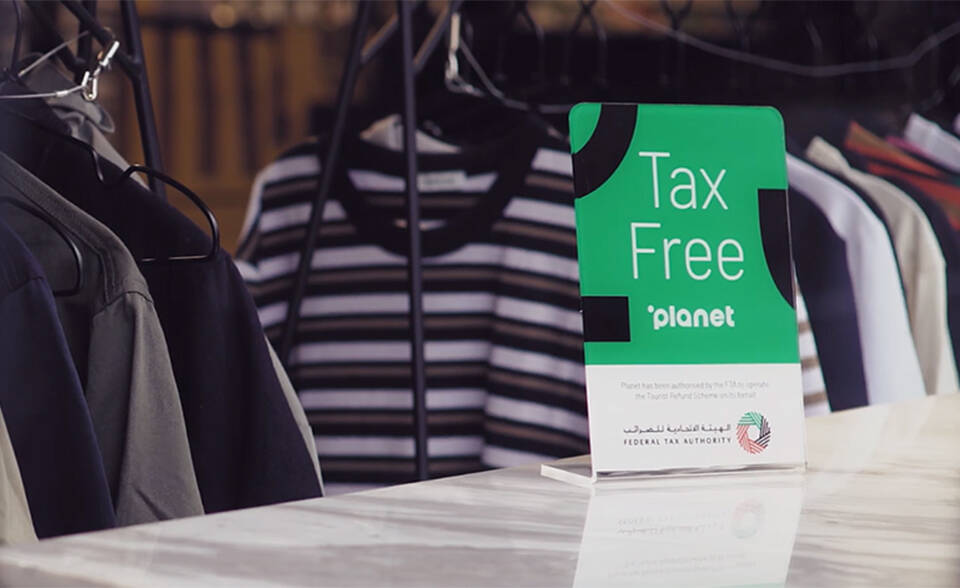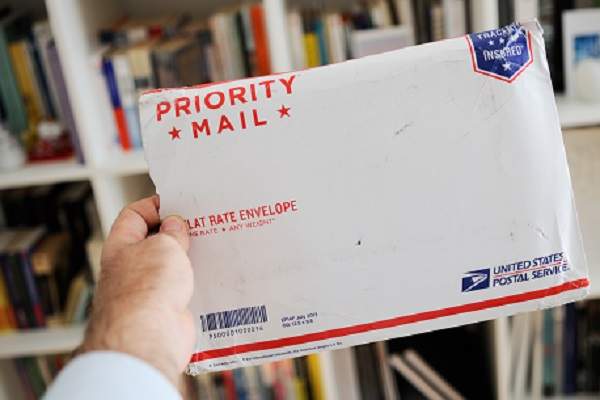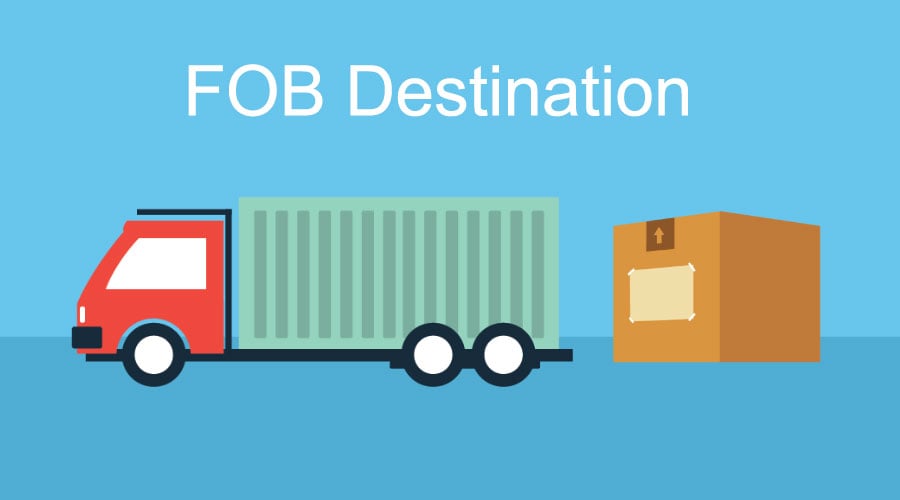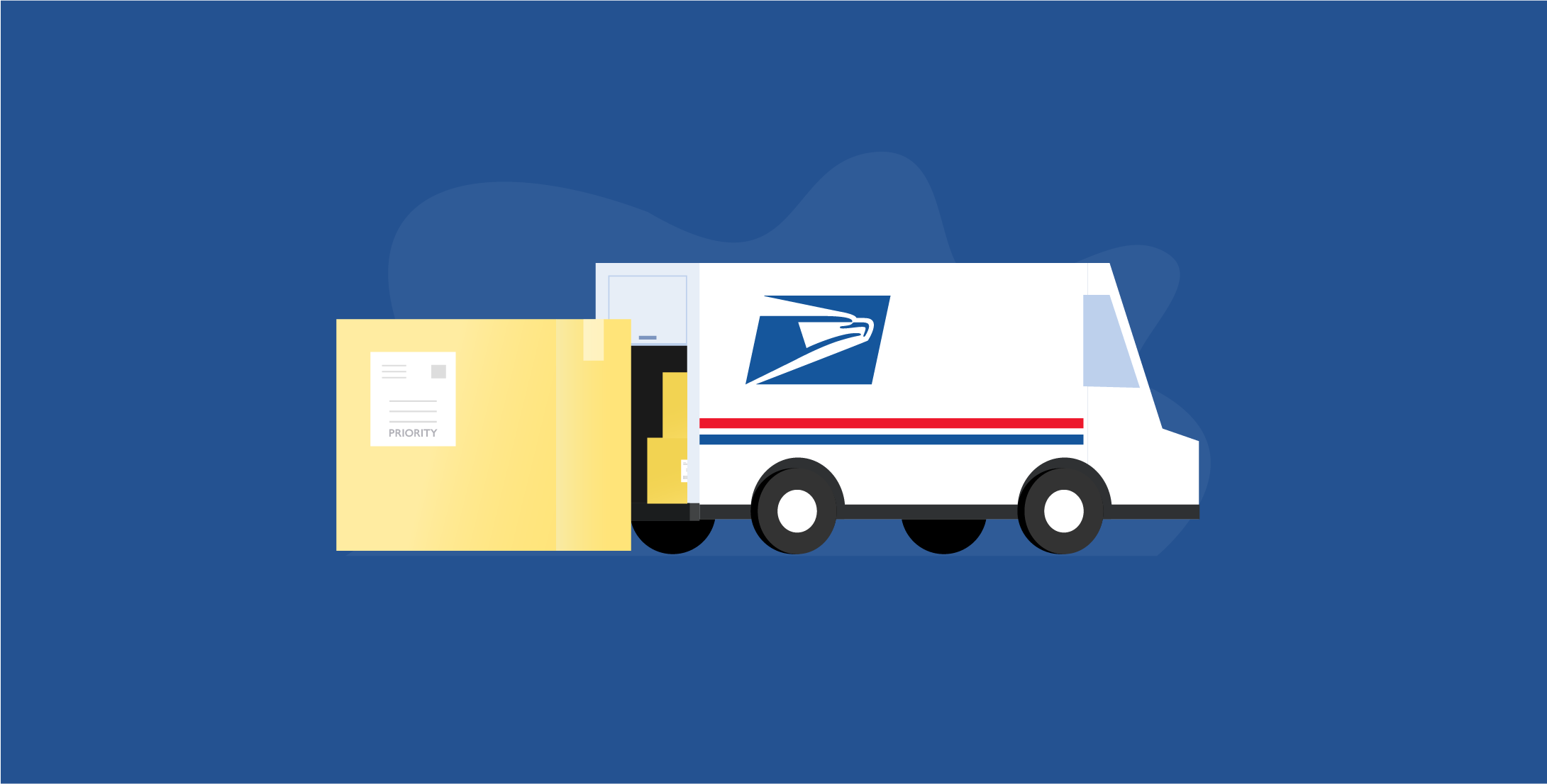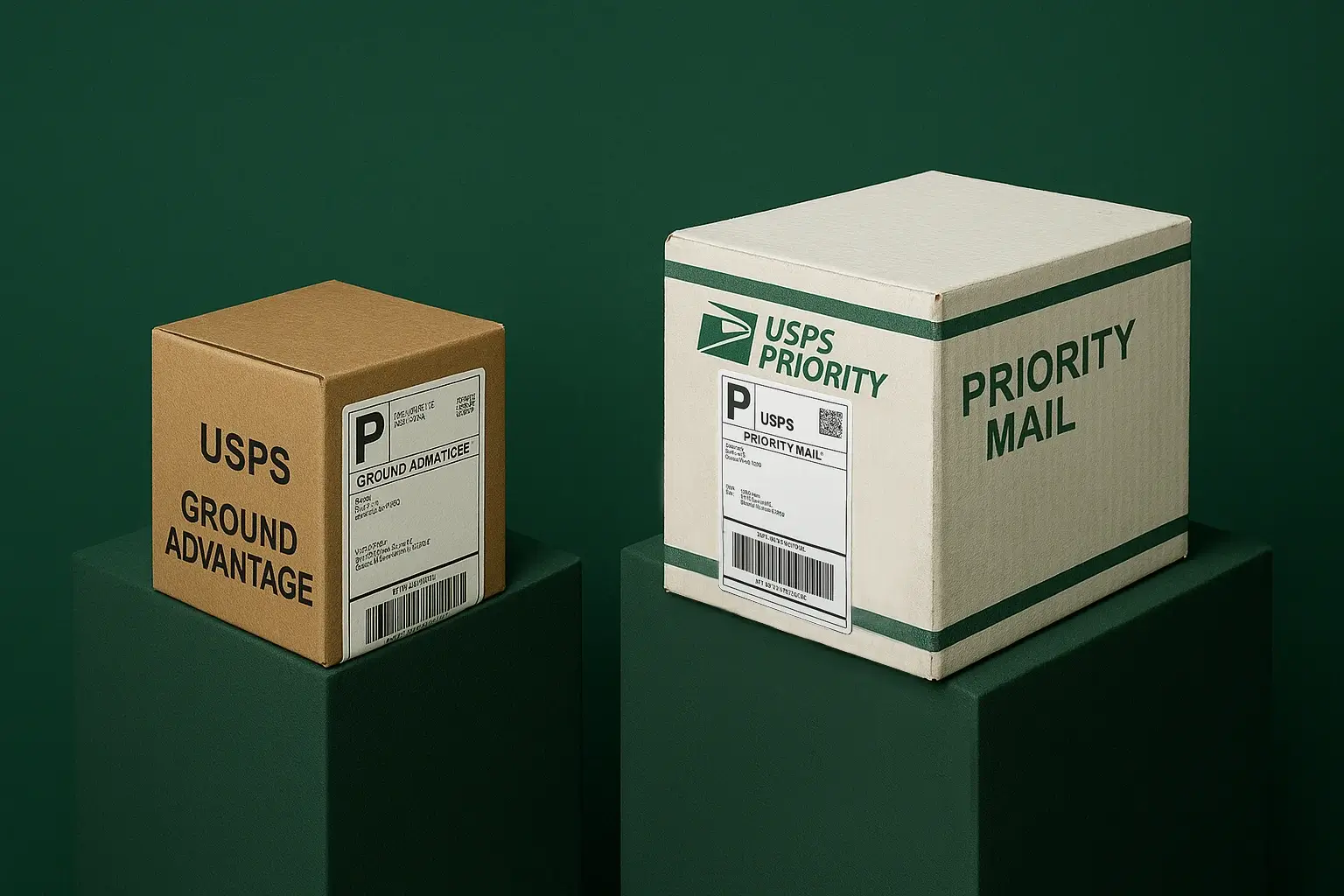USPS Tracking Number Not Updating? Here’s What to Do
It’s frustrating — you’ve been checking your USPS tracking number for days, but nothing’s changed. Maybe it still says “Label Created, Not Yet in System”, or it’s been “In Transit” forever. Don’t worry — this happens more often than you’d think, and most of the time, it’s fixable.
This article explains exactly why your USPS tracking number isn’t updating, what it means, and how to solve it.
Why USPS Tracking Is Important
- Confirm the package was actually shipped
- Monitor progress in real-time
- Prove delivery for legal, business, or customer service reasons
What a USPS Tracking Number Should Show
A typical USPS tracking number timeline includes:
- Pre-shipment / Label Created
- Accepted at USPS Origin
- In Transit to Destination
- Out for Delivery
- Delivered
If one of these steps is missing or stuck, it might point to a specific issue.
Common Reasons Why USPS Tracking Isn’t Updating
- Label Created but Package Not Dropped Off: The sender hasn’t handed the parcel to USPS yet.
- Missed Scan at Facility: Packages sometimes skip scans, especially in busy seasons.
- Technical System Lag: USPS systems may delay updates for hours or longer.
- Package Lost in Transit: Rare but possible; internal rerouting may occur.
How Long Before USPS Tracking Normally Updates?
- Priority Mail: Usually same-day scans
- Media Mail & First-Class: May take 24–72 hours
- Holidays & weekends: Expect delays
“Label Created, Not Yet in System” – What It Means
This status means USPS received the shipping label info but not the physical package. Often, sellers drop off items in batches later that day or week.
Package Stuck “In Transit” for Days – What to Do
- Check the last scan location (distribution center?)
- Weather or rerouting could cause delays
- Wait 7+ days before filing a help request
Tracking Says “Delivered” but You Didn’t Get It
This is common. Possible explanations:
- Delivered to neighbor/front office
- Mis-scanned as delivered early
- Hidden drop-off location (behind a bush, mailbox side)
👉 Wait 24 hours before contacting USPS. It may arrive the next day.
Tracking Not Updating for International Mail
International delays occur when packages leave the U.S.:
- Handoffs to other postal services
- Limited tracking infrastructure abroad
- Delays at customs
Try entering the USPS number on the destination country’s postal site if available.
7 Things You Can Do When Tracking Isn’t Updating
- Double-check the tracking number for typos
- Verify your shipping address
- Contact the sender
- Visit your local post office with ID
- Submit a Help Request at Missing Mail Help
- Sign up for Informed Delivery
- Wait 2–3 days before escalating
What Not to Do When Tracking Is Delayed
- Don’t panic after 24–48 hours
- Don’t file a claim too early (wait 7+ business days)
- Don’t bombard support — one clear request is more effective
How to Contact USPS Effectively
| Method | Details |
|---|---|
| 📞 Phone | 1-800-ASK-USPS (1-800-275-8777) |
| Via usps.com/help | |
| 🏢 Local Office | Visit and ask for a supervisor |
| 💬 Chat Support | Available during business hours |
Alternatives: Using Third-Party Tracking Tools
Platforms like 17Track, ParcelTrack, and AfterShip can:
- Combine USPS + foreign tracking data
- Send push alerts
- Offer cleaner dashboards and timelines
How to Prevent Future Tracking Issues
- Double-check the address & ZIP code
- Use Priority or Express for better scan accuracy
- Add signature confirmation for valuable items
- Buy insurance for high-value goods
FAQ: USPS Tracking Problems
- Why does my tracking say “Shipping Label Created” for 4 days?
It likely hasn’t been dropped off yet. Contact the seller. - Can USPS lose my package without telling me?
Yes — but often it’s just delayed or misrouted. - Does USPS track regular First-Class Mail?
No — only First-Class Package and above. - Can a package move without being scanned?
Yes. Especially during high volume periods. - Is it worth filing a Missing Mail search?
Yes, if it’s been 7+ days with no updates. - What’s the fastest USPS service with tracking?
Priority Mail Express — includes tracking, insurance, and 1–2 day delivery.
Final Thoughts: Stay Calm and Track Smart
If your USPS tracking number isn’t updating, it’s usually a temporary glitch — not a disaster. Most packages arrive just fine, even when the tracking looks odd or delayed.
Use the tools and steps above to take control of the situation. Track smart, act calmly, and remember: the post office may move slow sometimes, but they usually deliver.
